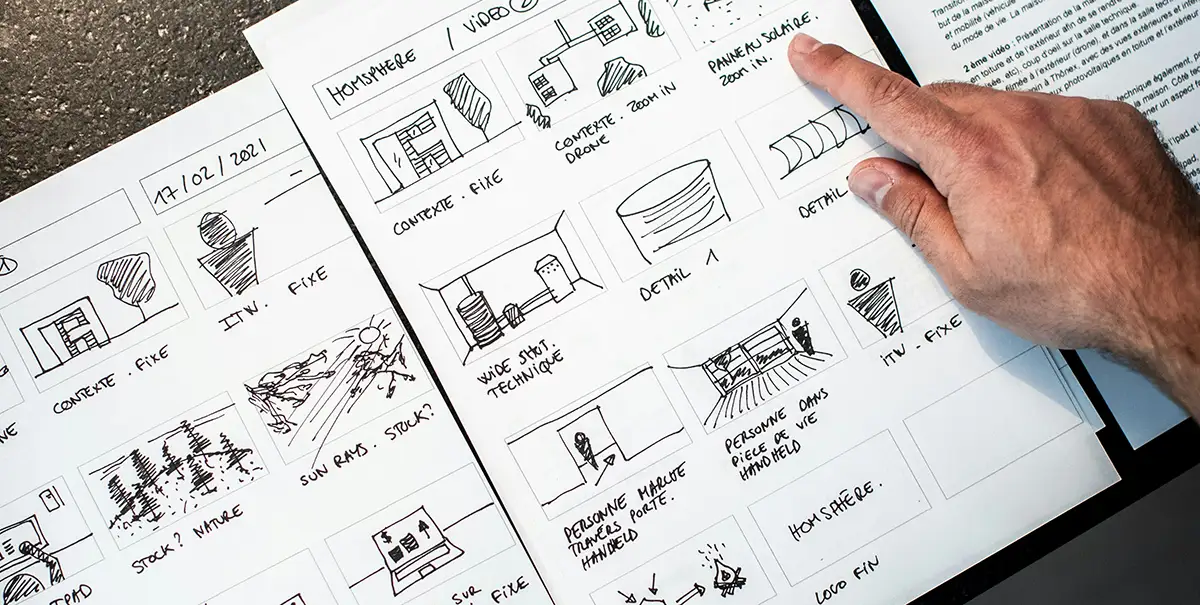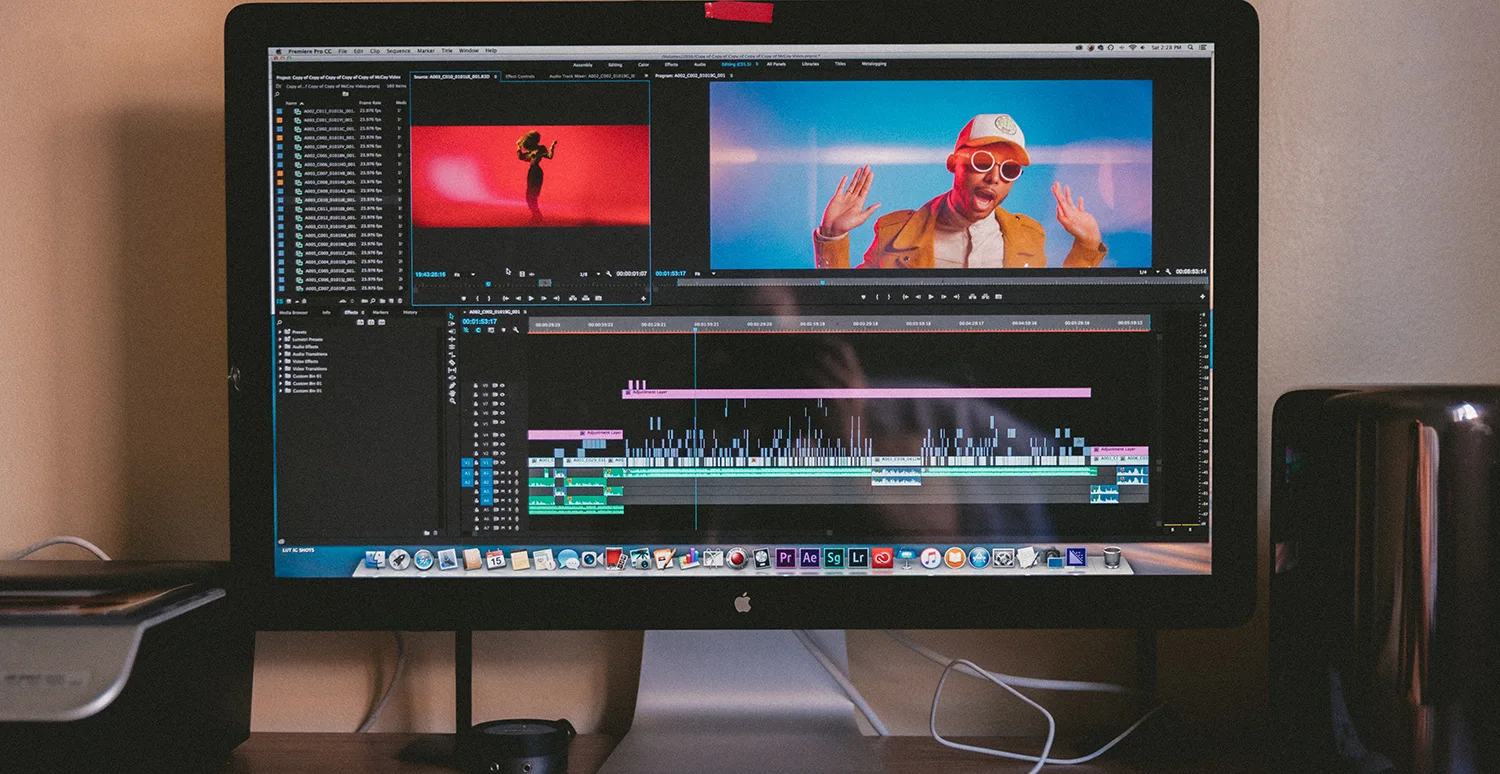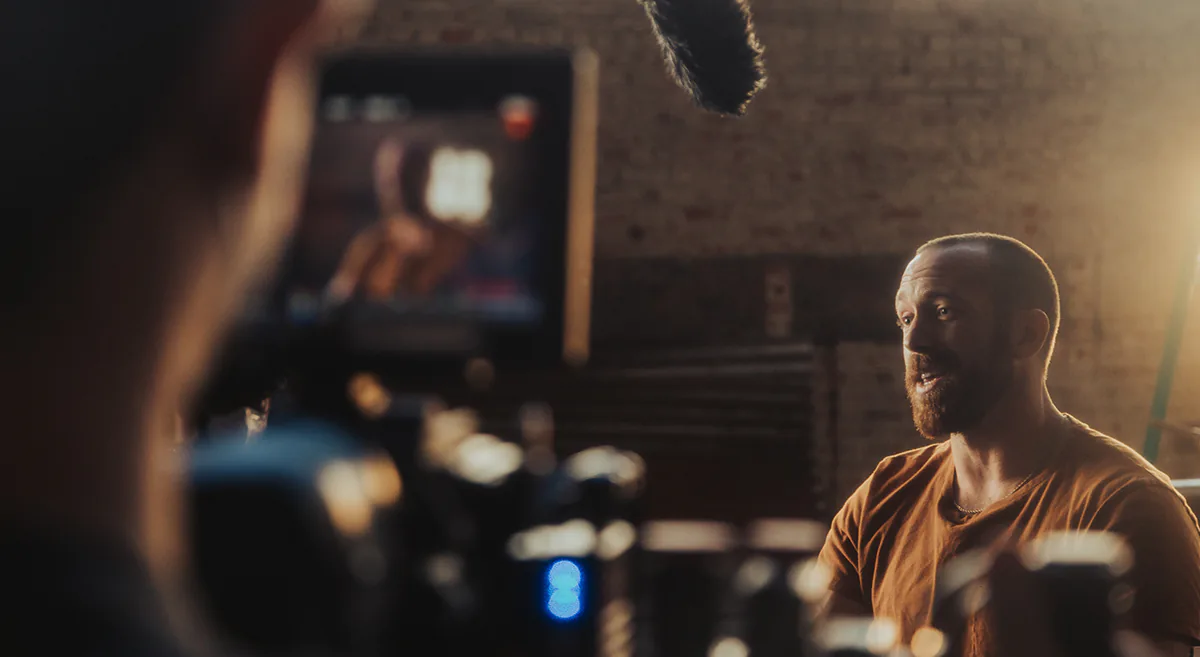Briefing a Production Company Effectively
Briefing a Production Company Effectively
Briefing a Production Company
If you’re diving into the world of creative content and considering partnering with a production company, you’re on the right track. Now, you might be wondering, “How do I brief a production company effectively?” Well, you’re in for a treat because we’re about to take you on a journey through the ins and outs of creating a killer brief for your production partner. So, grab a cuppa and let’s get started!
The Art of Briefing
The beauty of briefing is that it’s like setting the stage for a grand performance. You’re the director, and your production company is your talented cast and crew. A well-crafted brief is your script; it provides direction, sets the tone, and ensures everyone is on the same page.
Now, before we begin, It’s not essential that you include every one of these steps below, but it’s certainly worth thinking about them before you approach your production company. Having an idea around each of these points will make the entire process much easier.
Step 1: Define Your Objectives
First things first, you need to be crystal clear about your objectives. What’s the purpose of your project? What do you want to achieve? Whether it’s boosting brand awareness, launching a new product, or telling a compelling story, you’ve got to spell it out.
Step 2: Know Your Audience
Next up, understand your audience like the back of your hand. Who are they? What are their interests, preferences, and pain points? The more you know about your audience, the better you can tailor your content to captivate them.
Step 3: Set the Budget and Timeline
This part is all about being practical. What’s your budget? Be honest about what you’re willing to invest in your project. Also, set a realistic timeline. Productions take time, so give your team enough breathing room to work their magic.
If we’re honest, this is one of the most important parts of your brief. As a production company, we will strive to get the best out of every dollar of the budget, but what we can do does depend on how much we have to spend, and how long we have to deliver it.
Step 4: Define the Scope
The devil is in the details, as they say. Define the scope of your project. How long should your video or content be? What are the essential scenes or elements? Are there any specific technical requirements?
If you don’t know the answer to this, that’s okay - we can help define a lot of these for you. We’ve produced hundreds of videos over the years and can help guide this aspect of your production.
Step 5: Creative Guidelines and Brand Standards
Maintaining consistency with your brand is crucial. Share your creative guidelines and brand standards with your production company. This ensures your content aligns seamlessly with your brand identity.
Step 6: Key Messages and Story Elements
Do you have specific messages or story elements that must be incorporated? Sharing these from the get-go allows the production team to weave them into the narrative effectively.
Step 7: Preferred Style and Tone
Style and tone can make or break your project. Do you want something fun and playful, or is a serious and informative tone more fitting? Communicate your preferences, and your production team can work their magic accordingly.
As with step 4, if you are unsure of this, we can guide you through this process. It does help if you know a general style and tone you;re looking to achieve though.
Step 8: Visual and Aesthetic Requirements
Visuals matter. If you have a particular colour scheme, visual motif, or aesthetic in mind, share it. Your creative team will appreciate the guidance.
Step 9: Examples and References
Have you come across videos or content that resonate with your vision? Sharing examples or references can be a game-changer. It gives your production team a visual reference and a clear understanding of what you're after.
Honestly, during the initial stages of your project, we may show you some really cool examples of work we feel would suit as great references, but anything you can show us as well would be greatly appreciated.
Step 10: Distribution Plan
Where and how will your content be distributed? Different platforms may require specific formatting or content adaptations. Clarify your distribution strategy.
Step 11: Decision-Makers and Contacts
To streamline communication, identify the key decision-makers and contacts who will be involved in the project. This ensures a smoother collaboration.
Step 12: Approval and Revision Process
Define how the approval and revision process will work. Knowing how changes will be managed and incorporated helps maintain project efficiency.
In Conclusion
Bingo! You've got the basics of how to brief a production company. By following these steps and providing clear, concise information, you're setting the stage for a successful collaboration.
Effective communication is the key to bringing your creative vision to life, and a well-crafted brief is your secret weapon. So, go ahead and craft that masterpiece – Thrill Ride Productions is ready to turn your vision into a reality!












